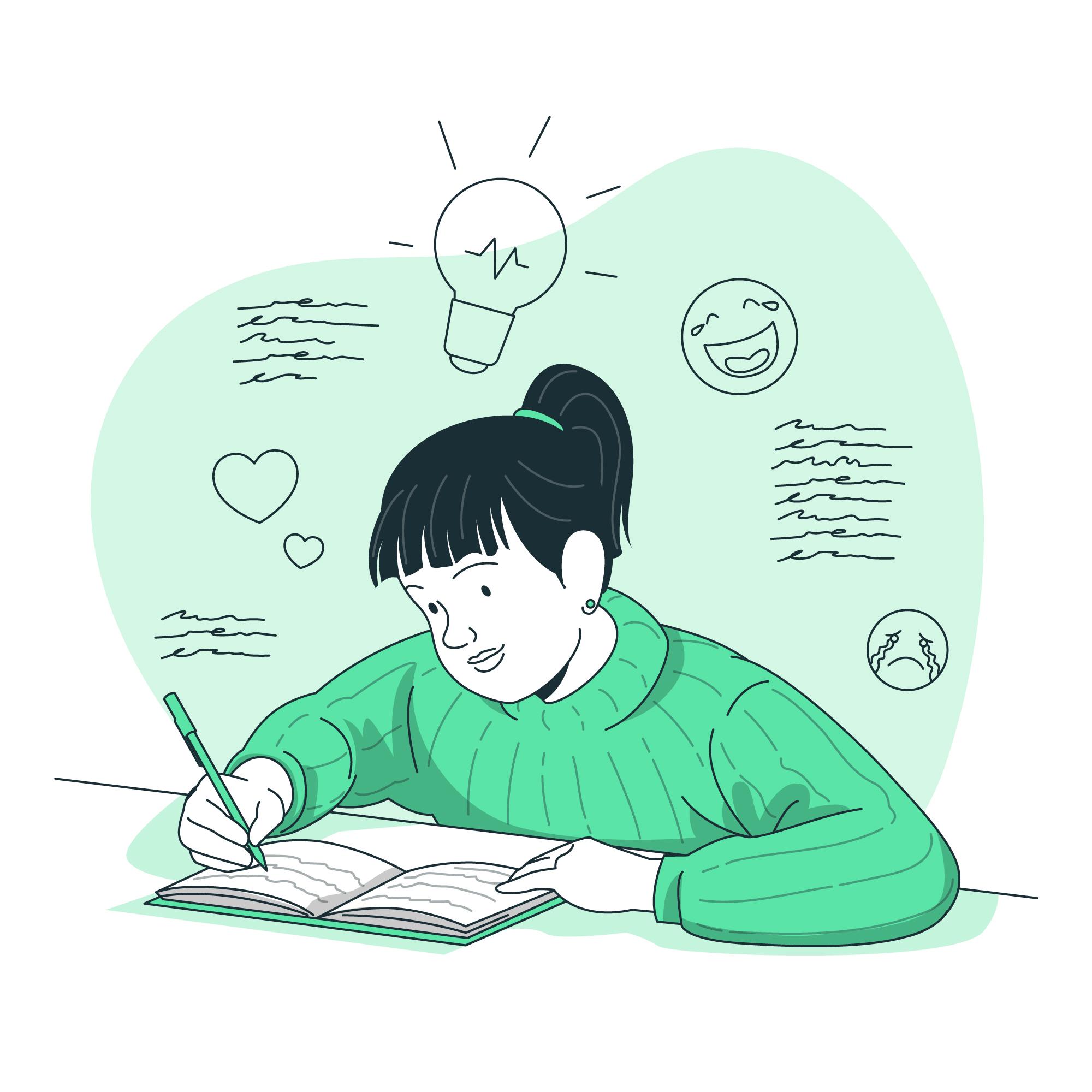Chapter 10: Synthesis and Drafting
Synthesizing Your Ideas
 To contribute to scholarly conversations, you need to use synthesis to create new meaning or show a deeper understanding of what you learned.
To contribute to scholarly conversations, you need to use synthesis to create new meaning or show a deeper understanding of what you learned.
To do so, it helps to look for connections and patterns. One way to synthesize when writing an argument essay, paper, or other project is to look for themes among your sources. Try categorizing ideas by topic rather than by source—making associations across sources.
Synthesis can seem difficult, particularly if you are used to analyzing others’ points but not used to making your own. Like most things, however, it gets easier as you get more experienced at it. So don’t be hard on yourself if it seems difficult at first.
Exercises
ACTIVITY: Balancing Sources and Synthesis
Here’s a technique to quickly assess whether there is enough of your original thought in your essay or paper, as opposed to information from your sources:
- Highlight what you have included as quotes, paraphrases, and summaries from your sources. Next, highlight in another color what you have written yourself. Then take a look at the pages and decide whether there is enough you in them.
Instructions:
For the three highlighted pages below, assume that the yellow-highlighted lines were written by the writer and the grey-highlighted lines are quotes, paraphrases, and summaries she pulled from her sources.
Which of the three pages most demonstrates the writer’s own ideas? Think about which colour should be represented more in the paragraph: your own words, or paraphrases, summaries, and quotes?
Click through the images to make a guess before checking the bottom of the page for the answer.
Answer to Activity:
Image 2. The yellow-highlighted sections in Image 2 show more contributions from the author than from quotes, paraphrases, and summaries of other sources.
Adaptations
Material in this section has been adapted from Synthesis of Your Own Ideas in Choosing & Using Sources: A Guide to Academic Research by Teaching & Learning, Ohio State University Libraries, licensed under a Creative Commons Attribution 4.0 International License, except where otherwise noted.
Media Attributions
- Diary Concept Illustration © storyset is licensed under a CC BY (Attribution) license
- achievement-5597527_1920 © Mediamodifier is licensed under a Public Domain license
The process of taking ideas and information from multiple sources, and incorporating it into one’s own work.


